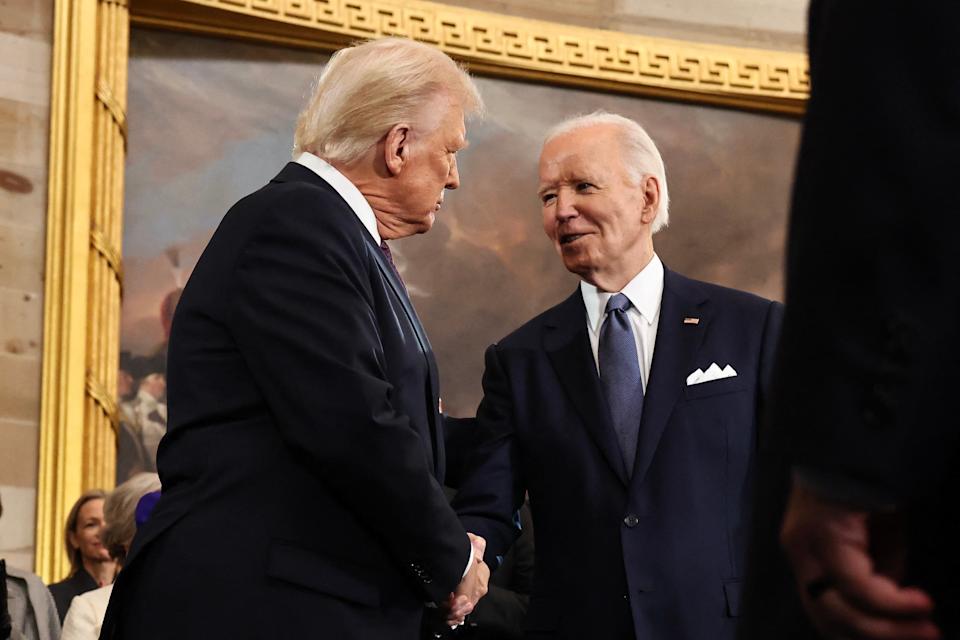What Is an Autopen? Presidential Signatures and Political Controversy Explained
The autopen is a fascinating device that has quietly influenced high-level government and celebrity signatures for decades. In recent years, it has moved from a niche tool to the center of political debates across the United States. This article explores the autopen’s role, how it works, and why it continues to appear in the headlines.

What is an Autopen?
An autopen is a machine designed to automatically reproduce a person’s handwritten signature. With precise mechanical movements, it can quickly and accurately duplicate signatures on letters, documents, and even legislation. Used since the mid-20th century, autopens became a practical tool for high-profile individuals who receive thousands of autograph requests or need to sign large volumes of paperwork.
While originally embraced by celebrities, the government quickly saw its value. The President of the United States and top officials have relied on autopens to sign everything from personal letters to legislative measures. Its efficiency is unmatched, but its use inevitably invites scrutiny and questions about authenticity.
How Do Presidents Use the Autopen?
Presidents use the autopen for both routine and official business. For example, when time or physical presence is limited, an autopen allows authorized staff to reproduce the president’s signature on ceremonial letters or even executive orders. This practice has been publicly acknowledged by several presidents, including Presidents Trump and Biden.
The use of autopens to sign critical documents—including laws and executive orders—has sparked public debate. Some argue it is a practical necessity, while critics question the legitimacy of signatures produced without direct involvement from the official. Concerns intensify during moments of heightened political scrutiny, like when a president's health or capacity comes into question.
Politics, Controversy, and Recent Headlines
Recently, the autopen’s use has drawn attention in major news cycles. Former President Trump raised questions about President Biden's use of the autopen, suggesting that it might have been used without Biden's direct knowledge during legislative signings. This speculation fueled discourse about the authenticity and transparency of presidential actions. Axios highlighted how both Trump and Biden acknowledged the device's utility, even as partisan rhetoric intensified around its use.
In another widely discussed incident, Yahoo News reported on Trump's claims that key executive actions may have been authorized by staff using the autopen. Trump insisted that any presidential order or pardon signed via the autopen could be problematic and even called for such actions to be considered invalid. However, legal experts and historians debate these assertions. Most agree that when the president authorizes its use, the autopen is both legal and historically established.
The Legal and Ethical Perspective
Legal authorities generally confirm that documents signed with an autopen are official, provided the president has given explicit direction for its use. The device is seen as a modern solution to a logistical problem. It enables government leaders to fulfill their administrative responsibilities without compromising on efficiency or authenticity, as long as the process is transparent and controlled.
The Future of the Autopen
As technology evolves, the autopen’s role in public life may change. Digital signatures are gaining traction, but the autopen remains a practical and visible part of official government business. Its future will depend on public expectations, technological innovation, and ongoing debates about transparency in leadership.
Conclusion
The autopen is more than just a machine; it's a symbol of the interaction between tradition and technology in modern leadership. Whether praised as a time-saving device or criticized for its role in political controversy, the autopen is likely to remain in the public eye. For more in-depth analysis of recent autopen-related news, review the detailed coverage by Axios and Yahoo News.
Stay informed as technology and politics intersect in new and unexpected ways.